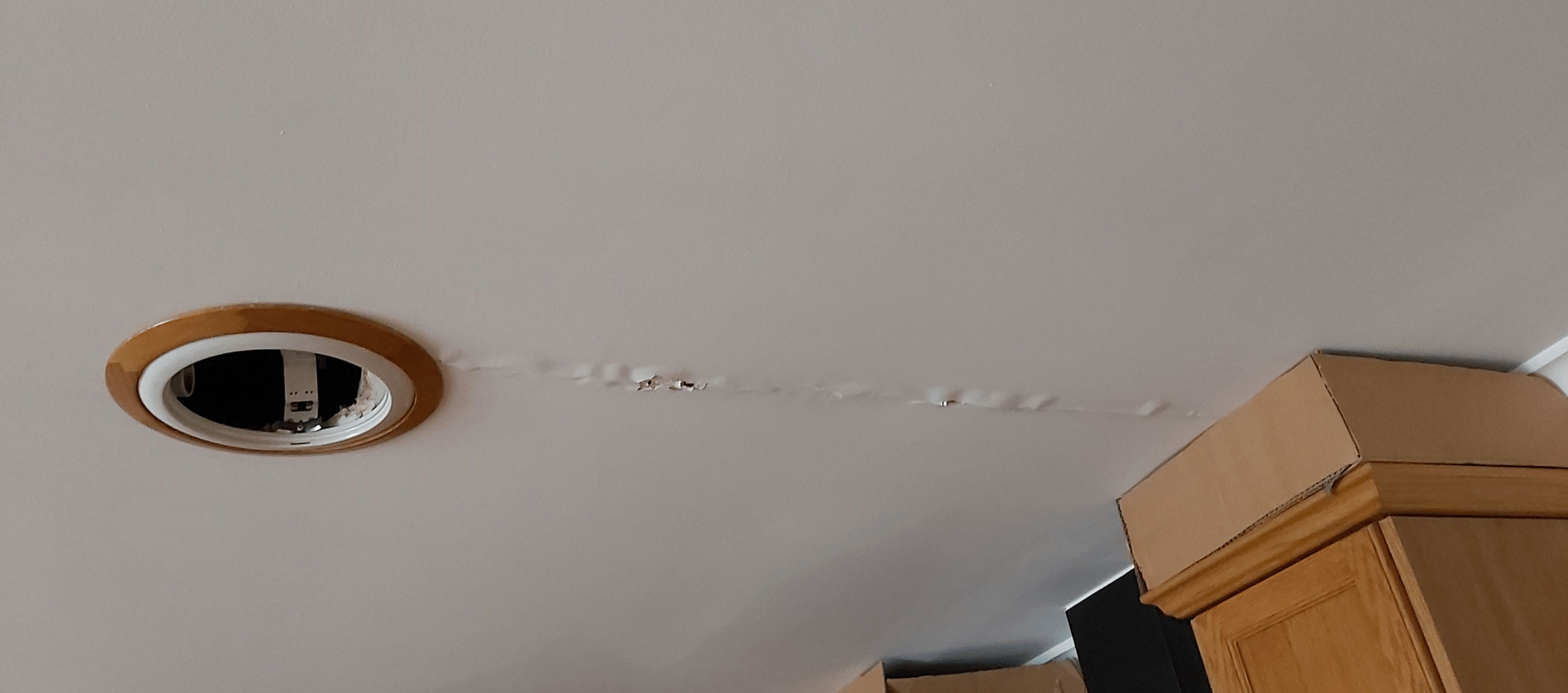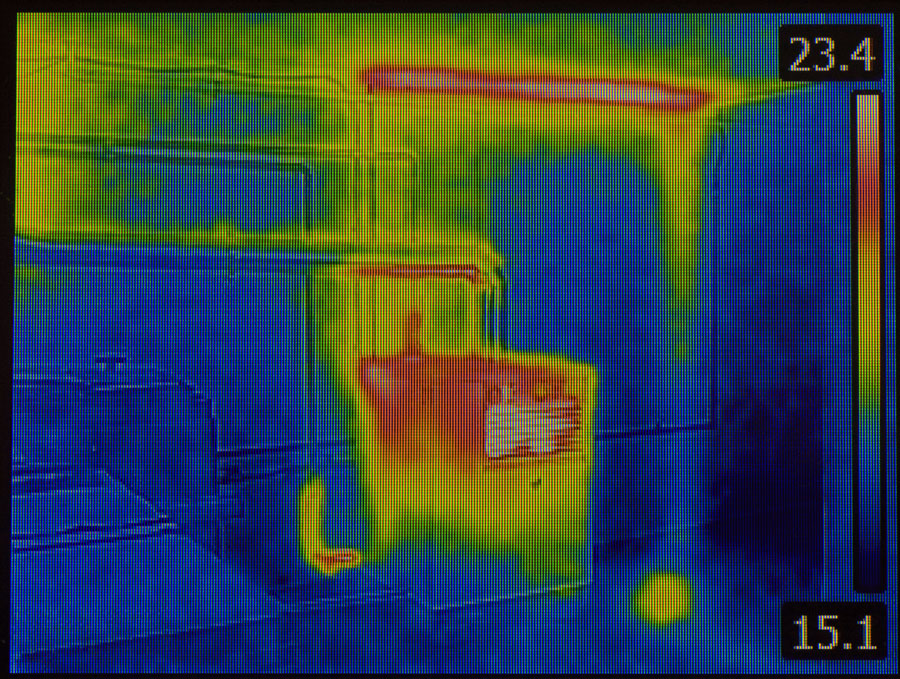What is Damp?
Damp is the presence of excess moisture that can indicate potential water damage, which can cause structural problems and health issues if left untreated. Dampness can lead to the growth of mold, which can cause respiratory problems and worsen allergies or asthma. It can also attract pests like termites and compromise the structural integrity of the building by weakening the materials and causing rot or decay.
What Causes Damp in a House?

There are several possible causes of damp in a house, including:
- Condensation: This occurs when moist air comes into contact with a cold surface, such as a window or wall, and the water vapor in the air condenses into liquid form.
- Penetrating damp: This occurs when water enters a building through leaks in the roof, walls, or windows.
- Rising damp: This occurs when groundwater rises through porous building materials, such as brick or concrete, and enters the building from the ground up.
- Plumbing leaks: Leaking pipes, taps, or appliances can cause water to accumulate in walls, floors, or ceilings.
- Poor ventilation: Inadequate air circulation can cause moisture to build up, leading to condensation and mold growth.
By identifying the specific cause of damp, homeowners can then take steps to address the issue and reduce the risk of it recurring.
What Should Homeowners Do if They Have Damp?
If a homeowner has damp in their house, they should take the following measures:
- Identify the cause: As mentioned earlier, there are different types of damp, so a homeowner should identify the specific cause of the problem in order to address it properly.
- Repair any leaks: If the damp is caused by a plumbing leak or other water penetration issue, the source of the water should be addressed before treating the damp.
- Improve ventilation: Adequate ventilation can prevent condensation and reduce moisture buildup. It may involve opening windows or using a dehumidifier.
- Remove mold: If mold is present, it should be removed with appropriate cleaning products or by hiring a professional mold removal service.
- Treat the affected area: Depending on the severity of the damp, a homeowner may need to hire a professional to treat the area with appropriate products to eliminate moisture and prevent future growth.
- Monitor the situation: It is essential to monitor the situation to ensure that the damp does not return. This may involve ongoing maintenance, such as repairing leaks or improving ventilation.
In addition to these measures, it is also recommended that homeowners seek professional advice in treating damp.
How Can Thermal Imaging Find Damp in a House?

When moisture is present in building materials, it tends to have a different thermal conductivity and thermal capacity than dry materials, causing them to emit or absorb heat differently. A thermal camera can detect these temperature differences and generate an image of where moisture may be present in a building.
How Does Stormwater Management Affect Damp in a House?

Stormwater management can play an important role in preventing damp in a house by reducing the amount of water that enters a property during heavy rain or flooding. When a property is not properly equipped to handle excess water, it can seep into the foundation, walls, or roof, leading to water damage and dampness.
By implementing effective stormwater management strategies, such as installing gutters and downspouts to direct rainwater away from the foundation, building drainage systems to redirect surface water, and creating permeable surfaces to absorb excess water, homeowners can reduce the risk of water damage and dampness. Additionally, local governments and water management authorities can implement measures to manage stormwater at the community level, such as constructing retention ponds and green infrastructure to absorb and filter water runoff.
Effective stormwater management is particularly important in areas prone to heavy rainfall or flooding as they can help maintain the structural integrity of buildings and prevent the growth of mold and other harmful contaminants.
How Can Plumbers Help Homeowners with Damp?

Plumbers can help homeowners with damp in several ways:
- Identify and repair leaks: Plumbers can identify and repair leaks in plumbing systems that may be contributing to dampness in a house.
- Install proper drainage systems: Plumbers can install and maintain proper drainage systems, such as sump pumps or French drains, to prevent water from accumulating around a home’s foundation or basement.
- Inspect and maintain plumbing systems: Regular inspection and maintenance of plumbing systems can help prevent leaks and other water damage that can lead to dampness in a house.
- Provide advice on ventilation: Plumbers can provide advice on proper ventilation to reduce moisture buildup in a home, which can help prevent dampness and mold growth.
- Install dehumidifiers: If high humidity levels are causing dampness, plumbers can install dehumidifiers to control the moisture levels in a home.
Overall, plumbers can provide valuable expertise and services to help homeowners identify and address the causes of dampness in their homes before it causes further damage or poses a health risk.

